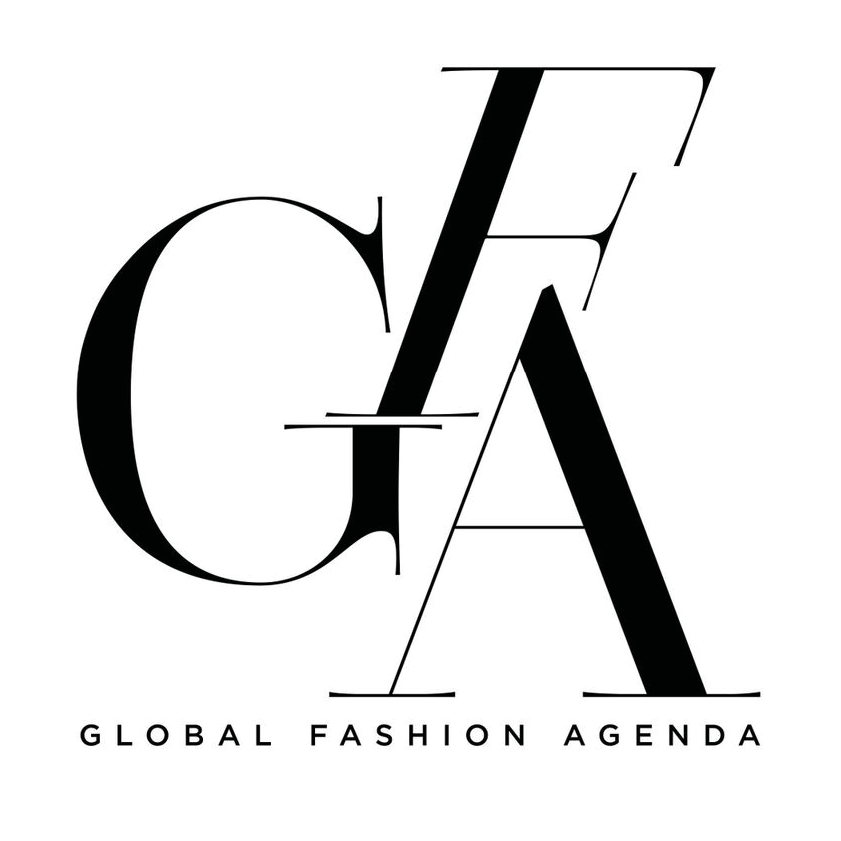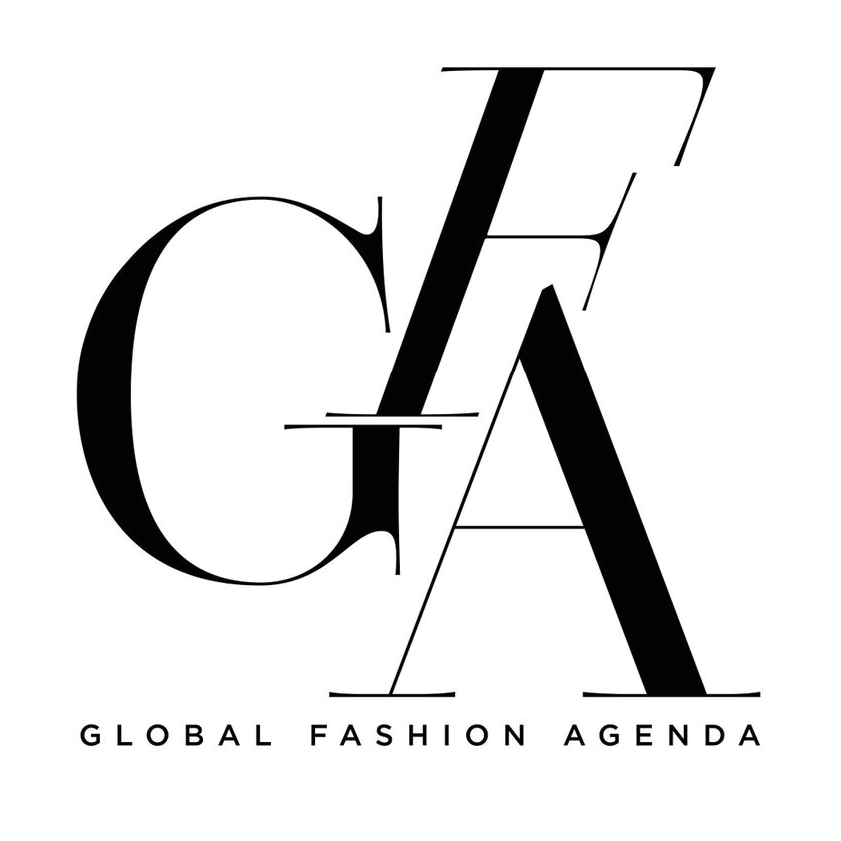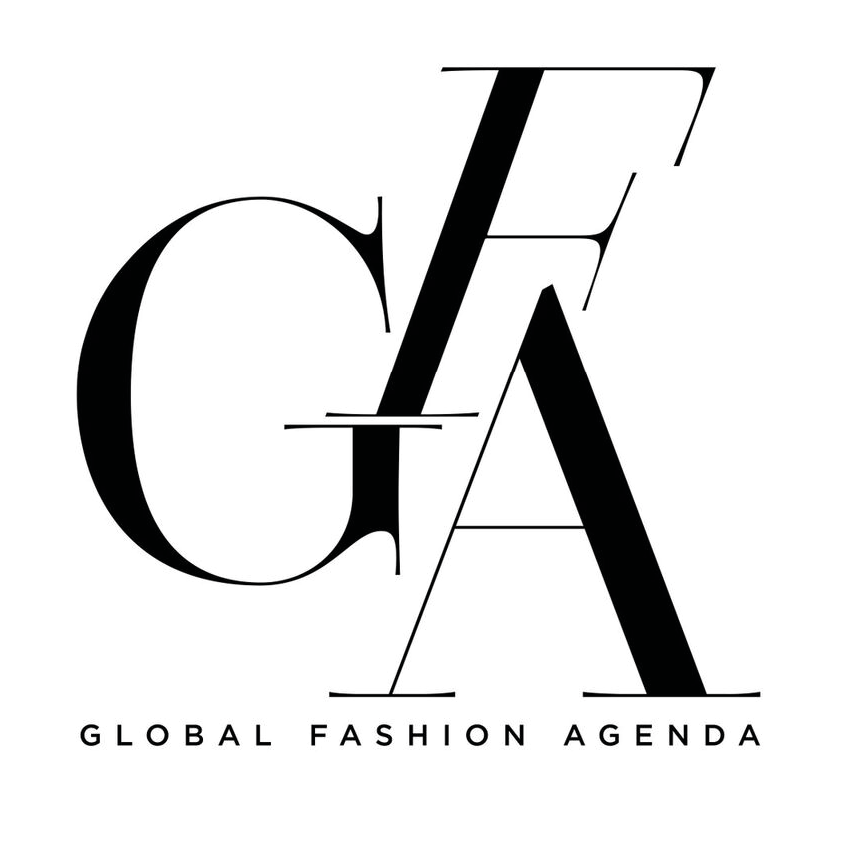Filters
Search Programme
Programme Categories
- Accessible Tourism ( 4 )
- Coronavirus (COVID-19) ( 10 )
- Economy ( 8 )
- Fashion ( 4 )
- Food & Beverage ( 1 )
- HOTREC ( 6 )
- Innovation and Entrepreneurship ( 2 )
- Law ( 1 )
- Policy Papers ( 4 )
- Reports ( 29 )
- Sustainability ( 4 )
- Tourism and Hospitality ( 3 )
- Trade and Development ( 7 )
- Transport and Mobility ( 2 )
The fashion industry has a clear opportunity to act differently, pursu- ing profit and growth while also creating new value for society and there- fore for the world economy. It comes with an urgent need to place environ- mental, social, and ethical improvements on management’s agenda.
In recent decades, the fashion industry has been an engine for global development. One of the world’s largest consumer industries,1 generating €1.5 trillion in annual apparel and footwear revenues in 2016,2 it employs around 60 million people along its value chain.3
To continue the growth trajectory, the fashion industry needs to ad- dress its environmental and social footprint. The earth’s natural resourc- es are under pressure, and the fashion industry, although not the most obvious contributor, is a considerable one. Social conditions—also in the fashion industry—are far from those set forth in the United Nations’ goals for sustainable development. With current trajectories of production and consumption, these pressures will intensify by 2030 to the point of threat- ening industry growth itself.
With resources becoming even scarcer, the industry will face rising costs from labor to materials and energy. Based on conservative projec- tions, fashion brands’ profitability levels are at risk in the range of at least 3 percentage points if they don’t act determinedly, and soon.
The facts show a clear need for acting differently. The good news is that by changing practices, the industry can both stop the negative impact and generate a high amount of value for society, while also protecting profitability. We estimate that the world economy would gain about €160 billion annually if the fashion industry would successfully address those environmental and social issues.
As of today, the sustainability ‘pulse’ of the industry is weak. The new- ly developed global Pulse Score, a health measure for the sector (see page 28 for more details), is only 32 out of 100. The industry is not yet where it could and should be. The spread of performance is also quite large. The best performers on sustainability are the very big players as well as some mid-sized, family owned companies, while over half of the market, mainly small to medium-sized players, has shown little effort so far. The rest of the industry is somewhere in between. This is confirmed by the Pulse Survey (further information on pages 35/36), where two-thirds of polled fashion executives have not made environmental and social factors guiding princi- ples for their companies’ strategy.
Fashion brands with targeted initiatives will be best placed to improve their environmental and social footprint and counteract the rising costs of apparel production. They will pull ahead of their competitors with innova- tive ways of doing business and efficient production techniques that min- imize the use of water, energy, and land, as well as hazardous chemicals. By realizing better working conditions and improving workers’ safety, they will minimize their operational and reputational risks and create significant value for themselves and the world economy. These initiatives will improve the overall industry Pulse, raising the average and creating inspiring best practices for the low performers to learn from.
However, even if the entire industry caught up to the best practice front-runners, it would not be enough. Under optimistic and ambitious as- sumptions, only less than half of the €160 billion could be captured.4 The industry needs coordinated action beyond today’s solutions. This report explains the size of the challenge and the need for innovation, collabora- tion and supporting regulatory action to close the gap.
This first edition of the Report on the Pulse of the Fashion Indus- try exposes the challenges in a number of sustainability impact areas and along the industry’s value chain, from design and development to end-of- life for apparel and footwear. It aims to provide transparency on the indus- try’s stance in terms of its environmental, social, and ethical footprints— topics that have been much debated, yet without a common baseline and framework against which to evaluate change. It also reviews ways in which the industry can maintain and even strengthen its profitability despite the pressures of rising costs.
The overarching objective of the report is to provide a direction and guidance towards a better fashion industry. As a starting point, the report provides a common fact base on the current sustainability performance of the industry. Based on that it lays out a Landscape for Change and pre- sents pragmatic, concrete, and economical actions that are already availa- ble for producing palpable change. The report promotes collaboration and innovation as main drivers to accelerate change.
In recent decades, the fashion industry has been an engine for global development. One of the world’s largest consumer industries,1 generating €1.5 trillion in annual apparel and footwear revenues in 2016,2 it employs around 60 million people along its value chain.3
To continue the growth trajectory, the fashion industry needs to ad- dress its environmental and social footprint. The earth’s natural resourc- es are under pressure, and the fashion industry, although not the most obvious contributor, is a considerable one. Social conditions—also in the fashion industry—are far from those set forth in the United Nations’ goals for sustainable development. With current trajectories of production and consumption, these pressures will intensify by 2030 to the point of threat- ening industry growth itself.
With resources becoming even scarcer, the industry will face rising costs from labor to materials and energy. Based on conservative projec- tions, fashion brands’ profitability levels are at risk in the range of at least 3 percentage points if they don’t act determinedly, and soon.
The facts show a clear need for acting differently. The good news is that by changing practices, the industry can both stop the negative impact and generate a high amount of value for society, while also protecting profitability. We estimate that the world economy would gain about €160 billion annually if the fashion industry would successfully address those environmental and social issues.
As of today, the sustainability ‘pulse’ of the industry is weak. The new- ly developed global Pulse Score, a health measure for the sector (see page 28 for more details), is only 32 out of 100. The industry is not yet where it could and should be. The spread of performance is also quite large. The best performers on sustainability are the very big players as well as some mid-sized, family owned companies, while over half of the market, mainly small to medium-sized players, has shown little effort so far. The rest of the industry is somewhere in between. This is confirmed by the Pulse Survey (further information on pages 35/36), where two-thirds of polled fashion executives have not made environmental and social factors guiding princi- ples for their companies’ strategy.
Fashion brands with targeted initiatives will be best placed to improve their environmental and social footprint and counteract the rising costs of apparel production. They will pull ahead of their competitors with innova- tive ways of doing business and efficient production techniques that min- imize the use of water, energy, and land, as well as hazardous chemicals. By realizing better working conditions and improving workers’ safety, they will minimize their operational and reputational risks and create significant value for themselves and the world economy. These initiatives will improve the overall industry Pulse, raising the average and creating inspiring best practices for the low performers to learn from.
However, even if the entire industry caught up to the best practice front-runners, it would not be enough. Under optimistic and ambitious as- sumptions, only less than half of the €160 billion could be captured.4 The industry needs coordinated action beyond today’s solutions. This report explains the size of the challenge and the need for innovation, collabora- tion and supporting regulatory action to close the gap.
This first edition of the Report on the Pulse of the Fashion Indus- try exposes the challenges in a number of sustainability impact areas and along the industry’s value chain, from design and development to end-of- life for apparel and footwear. It aims to provide transparency on the indus- try’s stance in terms of its environmental, social, and ethical footprints— topics that have been much debated, yet without a common baseline and framework against which to evaluate change. It also reviews ways in which the industry can maintain and even strengthen its profitability despite the pressures of rising costs.
The overarching objective of the report is to provide a direction and guidance towards a better fashion industry. As a starting point, the report provides a common fact base on the current sustainability performance of the industry. Based on that it lays out a Landscape for Change and pre- sents pragmatic, concrete, and economical actions that are already availa- ble for producing palpable change. The report promotes collaboration and innovation as main drivers to accelerate change.
- 0
- 0
The 2019 Pulse Score1 shows that the fashion industry has improved its social and environmental performance in the past year, but at a slower rate than the previous year. Despite this improvement, the fashion industry is still far from sustainable. Furthermore, the findings demonstrate that fashion companies are not implementing sustainable solutions fast enough to counterbalance negative environmental and social impacts of the rapidly growing fashion industry. If the Pulse Score stays on its current trajectory, the gap between industry output and the Pulse Score will widen. About 40% of the industry have not yet reached beyond Phase One of the Pulse Curve.2 As a result, if the industry does not implement changes at a faster rate, it will not be able to achieve the United Nations Sustainable Development Goals3 or meet the Paris Agreement.4 Global Fashion Agenda, Boston Consulting Group and Sustainable Apparel Coalition call upon industry leaders to increase their pace towards a deeper and more systemic change. Companies must push harder, with more focused and coordinated efforts, to overcome technological and economic limitations that hinder progress.
- 0
- 0
The fashion industry has a major opportunity to secure a prosperous future. The industry is facing a rapidly growing demand worldwide, and at the same time many companies are stepping up their work toward more environmentally and socially responsible practices. But this is not enough. To put fashion on a path to long-term prosperity financially, socially, and environmentally, much more must be done.
The Pulse of the fashion industry is still weak. The global Pulse Score, a health measure for the Fashion Industry, is 38 out of 100. In the past year, the Pulse Score improved by six points, from 32 to 38. The Pulse Survey, covering the perspectives of decision makers from all industry segments, confirms that sustainability is rising on the corporate agenda. Of the executives polled, 52% reported that sustainability targets acted as a guiding principle for nearly every strategic decision they made—an increase of 18 percentage points from last year. While encouraging, these results also speak to the need for still more movement toward increasingly responsible practices.
The Pulse of the fashion industry is still weak. The global Pulse Score, a health measure for the Fashion Industry, is 38 out of 100. In the past year, the Pulse Score improved by six points, from 32 to 38. The Pulse Survey, covering the perspectives of decision makers from all industry segments, confirms that sustainability is rising on the corporate agenda. Of the executives polled, 52% reported that sustainability targets acted as a guiding principle for nearly every strategic decision they made—an increase of 18 percentage points from last year. While encouraging, these results also speak to the need for still more movement toward increasingly responsible practices.
- 0
- 0





